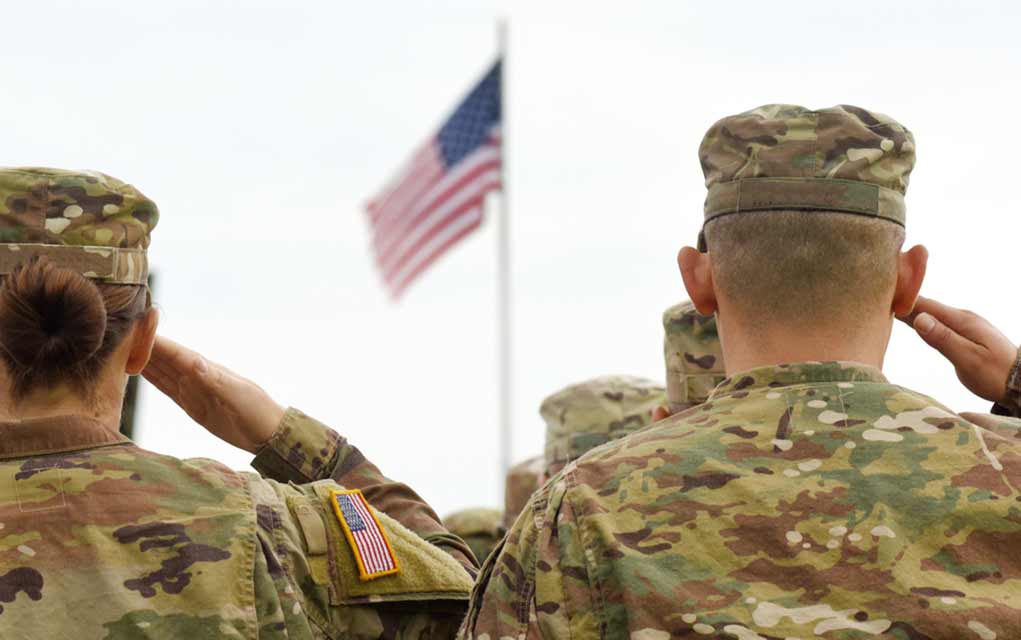

Draftees had a service obligation of two years, but volunteers served longer tours-four years in the case of the Air Force. Men who could meet the qualification standards could join the service of their choice and get a shot at better training and preferred duty assignments. The postwar draft restored the option to enlist. Draft calls surged at the onset of the Korean War in mid-1950. The draft authority expired in 1947, but, even though the Army’s manpower requirements that year were low, recruiters could not meet them. He persuaded President Roosevelt in December 1942 to end voluntary enlistments except for men under 18 and over 38. At the beginning of the war, men rushed to enlist, but, from Hershey’s perspective, that ruined orderly conscription. It lasted for close to 33 years.Ī total of 10.1 million men were drafted during World War II. The draft that began with World War II was different. Still, conscription had always ended when the war did. The United States certainly had used the draft at various times in its history large numbers of soldiers were drafted in the Civil War and in World War I. However, the draft that lasted from World War II through the Vietnam War was not in the basic American tradition of military service. The generation that came of age in the 1950s and 1960s had never known a time when there was no draft. The day of hard-core draft resistance had not yet arrived.Īn anti-war demonstrator burns his draft card at a Vietnam War protest outside the Pentagon in October 1967.(Photo by Wally McNamee via Corbis) Young men went when called and served with a generally positive attitude. Nevertheless, a hitch in the armed forces, either as a draftee or a recruit, was still regarded by many as a rite of passage. Draft induction numbers in the late 1950s were down considerably from the level they had reached in the Korean War in the early years of that decade.


 0 kommentar(er)
0 kommentar(er)
